Description Inocef IV Injection 500mg contains Ceftriaxone Sodium, a third-generation cephalosporin antibiotic used to treat a variety of bacterial infections. It works by disrupting mucopeptide synthesis in bacterial cell walls, binding to key enzymes (carboxypeptidases, endopeptidases, transpeptidases) to form defective cell walls, leading to bacterial death. Administered intravenously, this single-dose vial is effective for serious infections in adults and children, offering broad-spectrum coverage against gram-positive and gram-negative bacteria.
Ingredients Ceftriaxone Sodium equivalent to 500mg Ceftriaxone.
Drug Class Cephalosporin Antibiotic / Beta-Lactam.
Dosage Form IV Injection (1 box = 1 vial).
Uses Inocef IV Injection is prescribed for:
- Lower respiratory tract infections (e.g., pneumonia).
- Acute bacterial otitis media (middle ear infection).
- Skin and soft tissue infections (e.g., cellulitis, abscesses).
- Urinary tract infections (complicated and uncomplicated).
- Bone and joint infections, intra-abdominal infections, meningitis, and sepsis caused by susceptible bacteria.
Doctor’s Review Infectious disease specialists and hospital physicians rely on Inocef for its potent, broad-spectrum activity. As one clinician notes: “Inocef IV is a go-to for severe infections like meningitis or resistant pneumonia. Its once-daily dosing simplifies treatment, but careful monitoring for allergies or resistance is critical, especially in prolonged use.”
Dosage (Follow physician’s instructions — typical guideline)
- Adults: 1-2g once daily via IV infusion over 30 minutes; may split into 1g twice daily for severe cases.
- Children: 50-75mg/kg daily (max 2g/day); neonates (over 41 weeks corrected age) 20-50mg/kg daily.
- Meningitis: Up to 4g daily in adults, 100mg/kg in children.
- Duration: 7-14 days, depending on infection; adjust in renal/hepatic impairment.
In Case of Overdose Overdose may cause neurological issues (e.g., seizures), kidney strain, or severe allergic reactions. Seek emergency care immediately. Symptoms include confusion, tremors, or breathing difficulty. Treatment is supportive (e.g., anticonvulsants, hydration); dialysis may help remove excess drug.
Missed Dose Administered by healthcare professionals, so misses are unlikely. If a dose is delayed, reschedule promptly without doubling. Consult your doctor to adjust the regimen if needed.
How to Use
- Administered by a healthcare provider via IV infusion (diluted in compatible fluid like saline).
- Infuse over 30 minutes to avoid irritation.
- Ensure IV line is patent to prevent complications.
- Do not mix with calcium-containing solutions (e.g., Ringer’s).
- Complete the full course to prevent resistance.
When Not to Use Avoid Inocef if:
- Hypersensitive to Ceftriaxone, cephalosporins, or penicillins.
- History of severe allergic reactions to beta-lactam antibiotics.
- Premature neonates (up to 41 weeks corrected age).
- Using calcium-containing IV solutions concurrently (risk of precipitates).
Side Effects Common:
- Allergic skin reactions, rash, itching.
- Diarrhea, nausea, headache, dizziness.
- Fever, chills, or rigors.
Uncommon / Severe (Stop and seek medical help):
- Anaphylactic reactions (bronchospasm, swelling, breathing difficulty).
- Blood disorders (neutropenia, thrombocytopenia, hemolytic anemia).
- Genital mycosis, superinfections, prolonged prothrombin time.
- Liver enzyme elevations (AST, ALT, alkaline phosphatase).
Precautions & Warnings
- Screen for prior cephalosporin or penicillin allergies before use.
- Monitor prothrombin time in patients with low vitamin K (e.g., liver disease, malnutrition); give vitamin K if prolonged.
- Prolonged use risks superinfections (e.g., fungal overgrowth)—watch for new symptoms.
- Use cautiously in renal impairment; adjust dose if needed.
Drug Interactions
- Calcium-containing IV solutions: Risk of precipitates in lungs/kidneys—avoid mixing.
- Oral hormonal contraceptives: May reduce efficacy; use backup contraception.
- Aminoglycosides: Monitor for kidney toxicity if combined.
- Warfarin: Enhances bleeding risk due to prothrombin effects.
Food Interactions
- None, as it’s IV-administered; no dietary restrictions apply.
- Maintain hydration to support kidney function during treatment.
Storage/Disposal
- Store at room temperature (15-30°C), away from direct light and heat.
- Keep vial sealed until reconstitution; use within 24 hours after mixing if refrigerated.
- Dispose via hospital/pharmacy protocols; do not flush.
Quick Tips
- Report rash or breathing issues immediately.
- Stay hydrated to ease mild side effects.
- Avoid self-medication with other antibiotics.
- Track infection symptoms and fever daily.
- Ensure follow-up blood tests to monitor response.
Disclaimer This information is provided for educational purposes only and does not replace medical advice. Use only under the supervision of a licensed physician. Do not self-medicate.

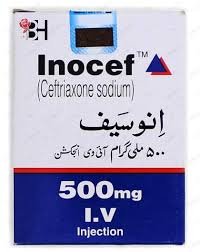
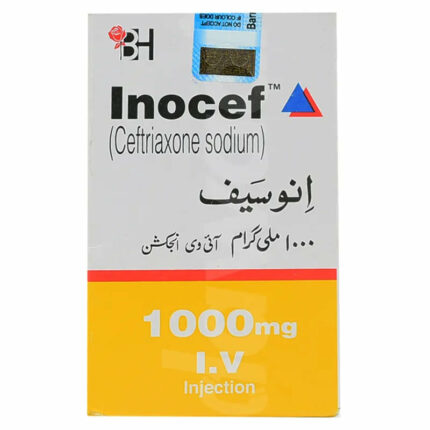
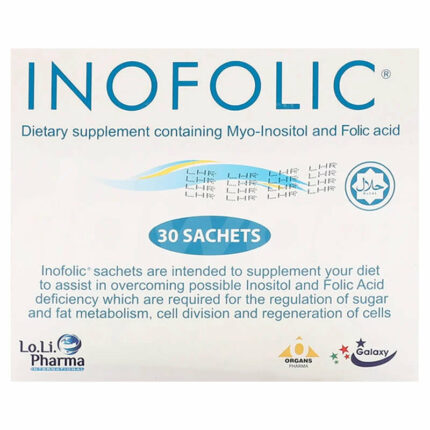
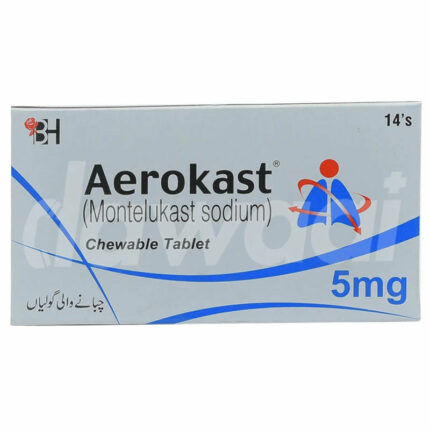
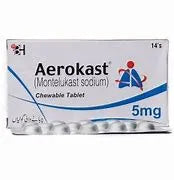
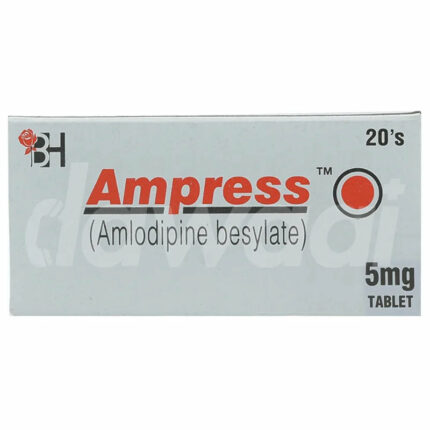
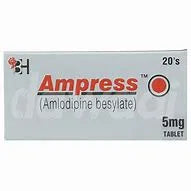

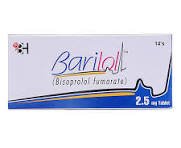
Reviews
There are no reviews yet.